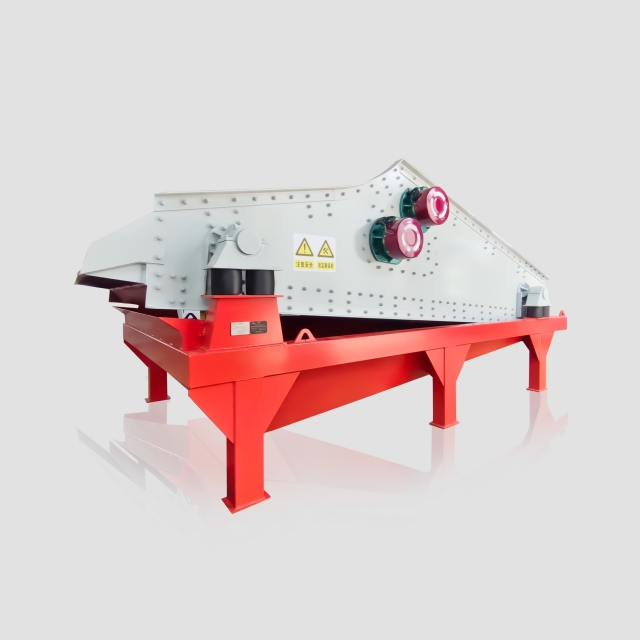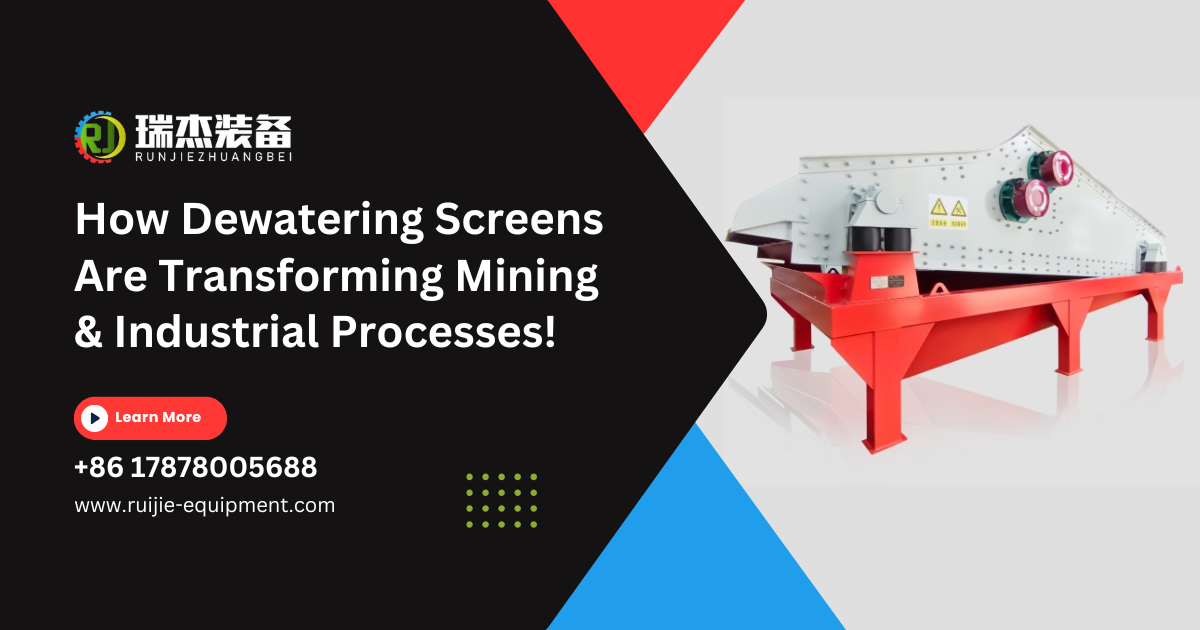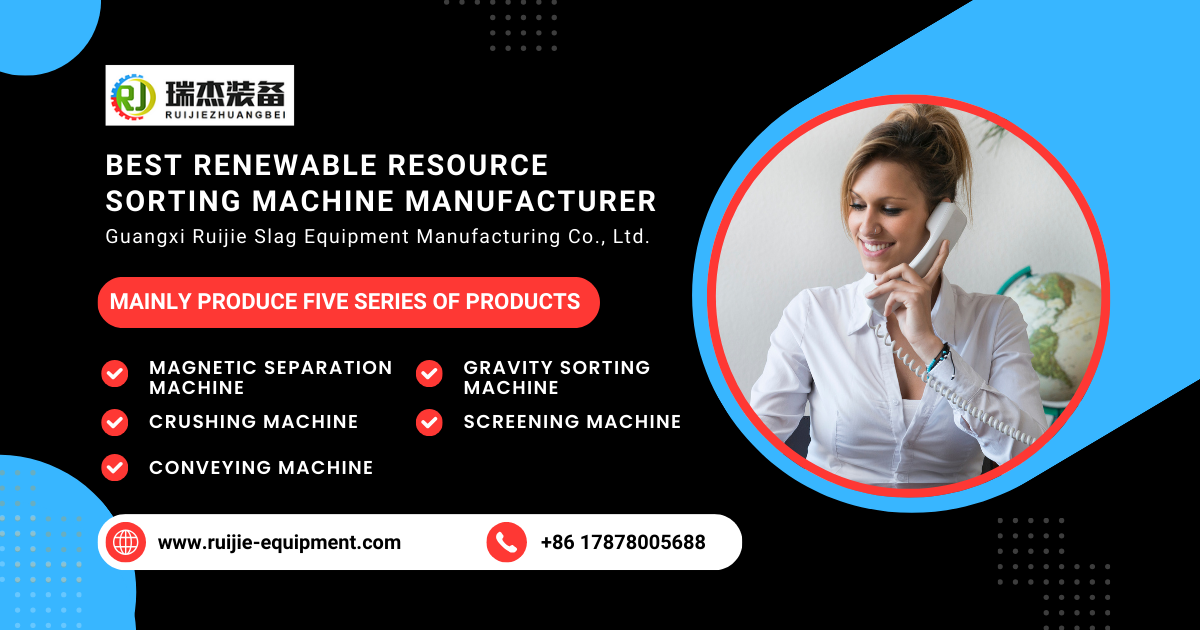
In the fast-evolving world of mining and industrial processing, efficiency and sustainability have become top priorities. Companies are constantly searching for innovative technologies that improve productivity while reducing environmental impact. One such game-changing solution is the dewatering screen.
Designed to separate water from solid materials, dewatering screens are revolutionizing various industries by enhancing material recovery, reducing water wastage, and optimizing overall operations. Whether in mining, construction, or wastewater treatment, these specialized screens provide a more efficient and cost-effective way to handle materials.
What is a Dewatering Screen?
A dewatering screen is a specialized piece of equipment designed to remove moisture from mined or processed materials. Unlike conventional screening systems, which primarily classify materials based on size, dewatering screens utilize vibratory motion and high-frequency technology to efficiently separate water from solids. This results in dryer, more manageable materials that can be easily transported and processed further.
The core mechanism of a dewatering screen includes a sloped vibrating deck with special drainage panels that facilitate the separation of water from solid particles. As the material moves across the screen, excess water is removed, leaving behind a significantly drier product. This technology is particularly beneficial for industries that rely on moisture control, such as mining, aggregate processing, sand washing, and industrial wastewater management.
How Do Dewatering Screens Work?
Dewatering screens operate through a combination of gravity, vibration, and mesh filtration. Here’s a step-by-step breakdown of the process:
- Material Feed: The wet material is fed onto the inclined screen.
- Vibratory Motion: High-frequency vibrations force the water to separate from the solids.
- Filtration: The screen’s fine mesh allows water to drain through while retaining solid particles.
- Drier Material Output: The separated material moves forward while excess water is removed, leaving behind a drier product.
This method significantly improves water recovery and material handling, making dewatering screens a superior choice over traditional drying techniques.
Key Benefits of Using Dewatering Screens
1. Improved Water Recovery
Dewatering screens help recover up to 90% of water, reducing reliance on freshwater sources and promoting sustainability.
2. Cost Savings
By reducing water usage, industries can cut down on water procurement and waste management costs.
3. Higher Efficiency
Traditional drying methods are slow and energy-intensive. Dewatering screens accelerate processing times and increase overall efficiency.
4. Environmental Benefits
With less water waste, companies minimize their environmental footprint and comply with strict environmental regulations.
5. Reduced Wear and Tear on Equipment
By removing excess moisture, dewatering screens reduce strain on downstream machinery, leading to lower maintenance costs and a longer equipment lifespan.
Applications of Dewatering Screens in Various Industries
1. Mining & Mineral Processing
- Separates valuable ores from slurry
- Reduces moisture content before transportation
- Enhances efficiency in gold, coal, and iron ore mining
2. Sand and Gravel Processing
- Used in sand washing plants
- Improves the quality of processed sand by removing excess moisture
3. Construction and Aggregate Industry
- Helps in drying aggregates for concrete production
- Ensures quality control in road construction materials
4. Industrial Wastewater Treatment
- Used in sludge dewatering
- Reduces water wastage and promotes recycling
How to Choose the Right Dewatering Screen for Your Industry
1. Consider Material Type
- For coarse materials, opt for a higher-frequency screen.
- For fine particles, a tightly woven mesh is ideal.
2. Look at Capacity Requirements
Choose a screen that can handle your daily processing volume without slowing down operations.
3. Check Durability and Maintenance Needs
Invest in a high-quality screen with wear-resistant panels to reduce long-term maintenance costs.
4. Select the Right Vibration Mechanism
Some materials require higher vibration intensity for proper dewatering.
5. Partner with a Reliable Manufacturer
Guangxi Ruijie Slag Equipment Manufacturing Co., Ltd. provides customized dewatering screen solutions for mining, construction, and industrial applications.
Future of Dewatering Screens in Industrial Processing
With industries moving towards sustainable and cost-efficient solutions, dewatering screens will continue to evolve. AI-powered monitoring systems and smart automation will further enhance their efficiency, making them an indispensable tool in mining and industrial processing.
Companies that invest in high-quality dewatering screens today will stay ahead in productivity, sustainability, and cost efficiency.
Dewatering screens have completely transformed mining, industrial processing, and wastewater treatment. Their ability to separate water from solids efficiently, reduce operational costs, and enhance sustainability makes them an essential technology for various industries.
With superior efficiency, lower energy consumption, and environmental benefits, companies looking to improve productivity and reduce water wastage should consider investing in high-quality dewatering screens.
Looking for the best dewatering screen solutions? Guangxi Ruijie Slag Equipment Manufacturing Co., Ltd. provides customized, high-performance dewatering screens designed to meet your industry’s needs.
FAQs
1. What is a dewatering screen used for?
A dewatering screen is used to remove excess water from mined, processed, or industrial materials, improving efficiency and sustainability.
2. How does a dewatering screen work?
It uses vibratory motion and fine mesh filtration to separate water from solid materials, leaving behind a drier product.
3. What industries benefit from dewatering screens?
Industries such as mining, aggregate processing, sand washing, wastewater treatment, and construction benefit the most.
4. How much water can dewatering screens recover?
Dewatering screens can recover up to 90% of water, reducing waste and improving water management.
5. Where can I buy high-quality dewatering screens?
You can purchase high-quality dewatering screens from Guangxi Ruijie Slag Equipment Manufacturing Co., Ltd., a trusted manufacturer specializing in industrial processing equipment.

